“They said it was just a joke.”
It wasn’t a joke.
It was the way your child’s face changed when they got home.
The quiet. The shrug. The drop in energy.
The words they didn’t say.
It’s the feeling you get as a parent when something’s off—but you can’t quite prove it.
Because there’s no bruises. No name-calling.
Just silence… and shrinking.
And because the kids involved still sit together at lunch, smile in photos, and call themselves “friends,” it’s hard to know what’s really going on.
But here’s what I want you to know:
If your gut says something isn’t right—you’re not overreacting. You’re noticing.
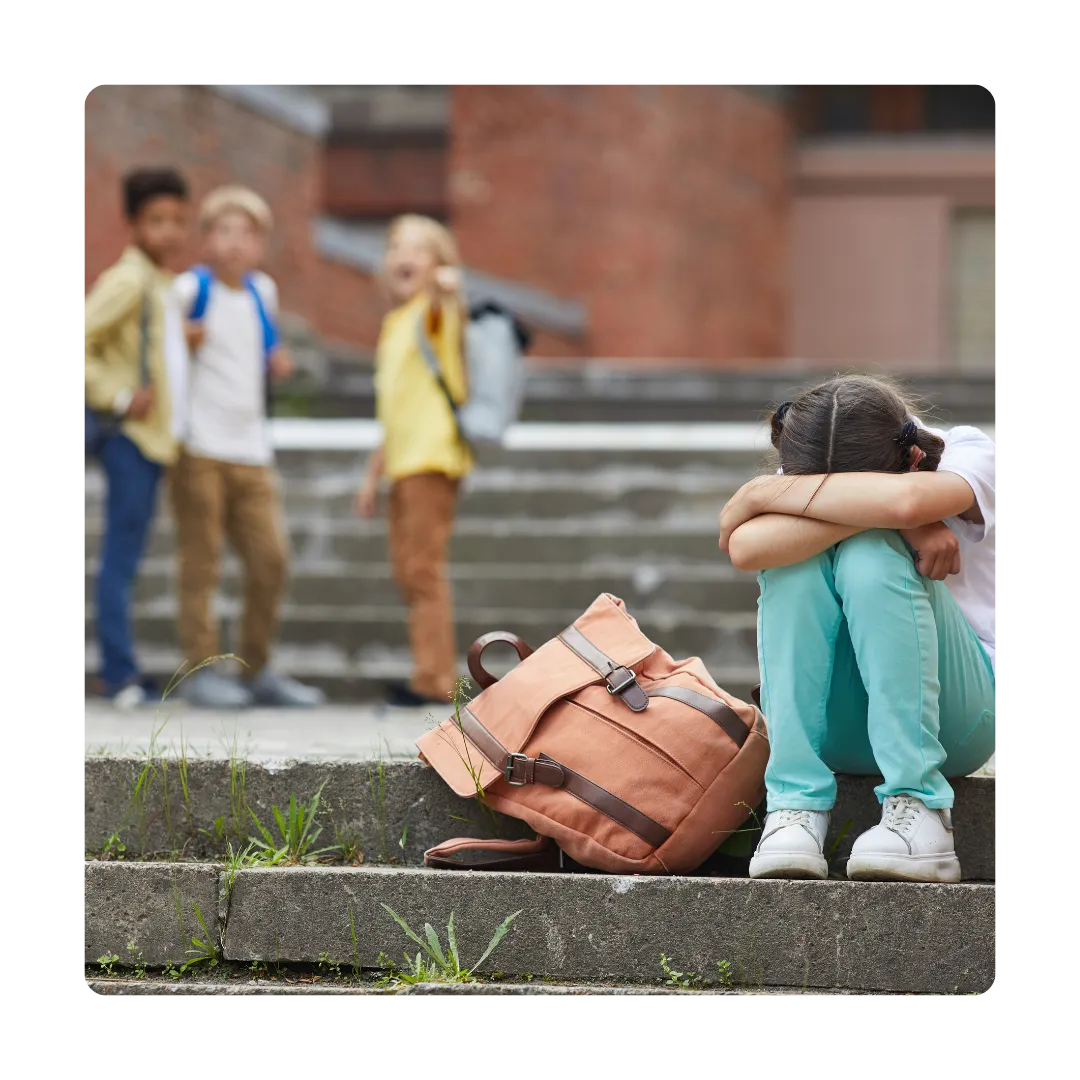
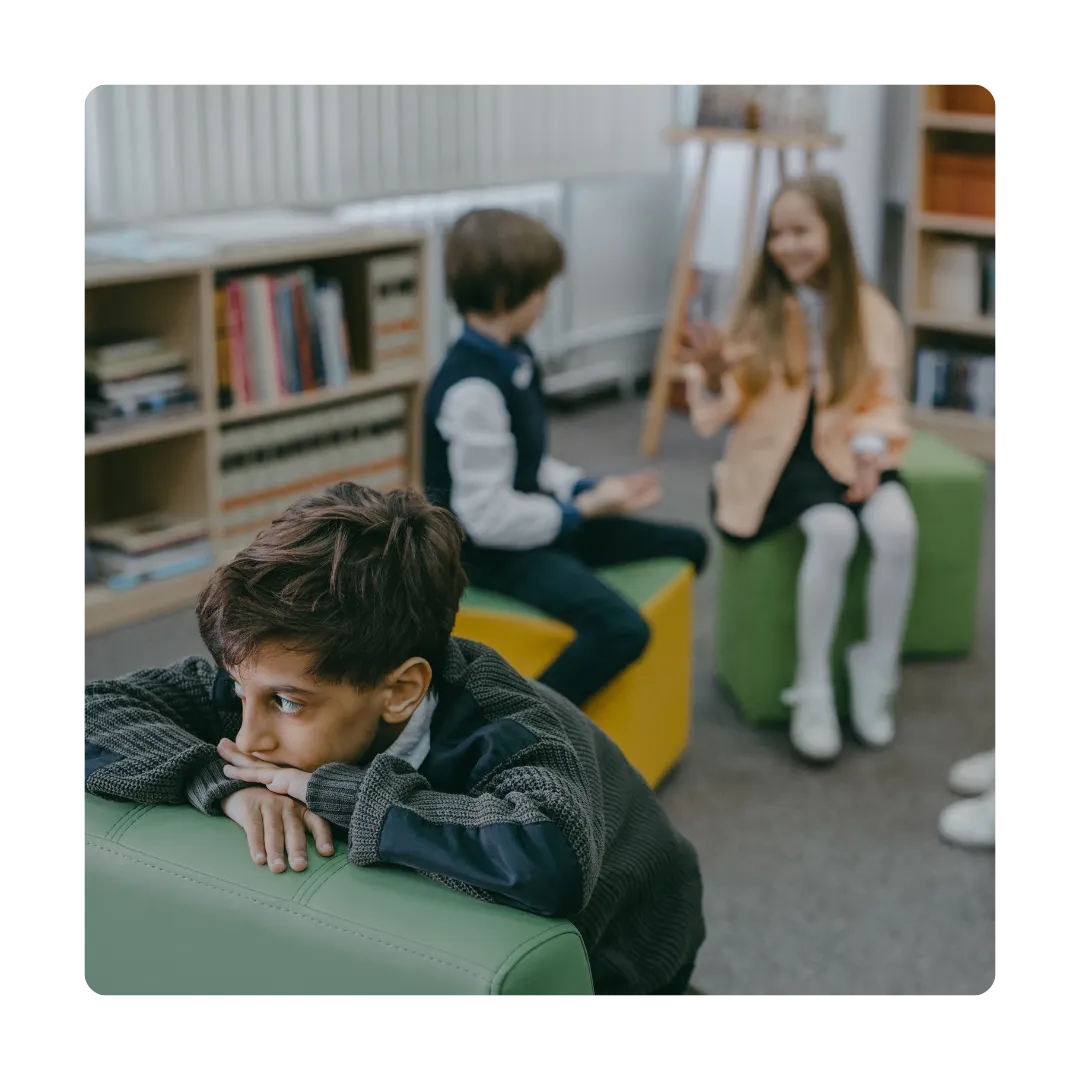
This isn’t “just drama.”
It’s emotional control.
When bullying shows up in friend groups, it’s not loud or obvious.
It looks like:
The long pause before your child gets in the car. The way they second-guess whether they’re invited—even though they’re in the group chat. The laugh they force when they’re the punchline.
And the hardest part?
They might not even call it bullying.
Because to them, this is just how friendship works.
They’ve been slowly conditioned to believe:
Inclusion is earned. Boundaries come with consequences.
Silence = safety.
Why kids stay stuck in toxic friendships
It’s not because they’re weak.
Or unaware.
Or not listening to your advice.
It’s because their nervous system has learned:
Belonging—even if it hurts—feels safer than being alone.
So, they freeze.
They laugh along.
And when you try to talk about it?
They shut down.
Or worse—defend the very people who are hurting them.
That’s not because you’re getting it wrong.
It’s because
no one has taught them how to recognise the pattern.
No one’s given them the words to name what’s happening.
No one’s shown them a new version of friendship where they don’t have to shrink.
Until now.
📥 Start here: Get the Checklist of Behavioural Red Flags
You don’t have to guess whether something’s off.
I created a free guide:
“The Behavioural Red Flags of Being Bullied By Friends"
so you can spot the signs early—and take action before the damage runs deep.
Inside, you’ll learn:
✔️ What “quiet masking” looks like (and why it’s not confidence)
✔️ The 10 most common behaviours kids show when they’re stuck in toxic friendships
✔️ What to say if your child brushes it off as “just drama”
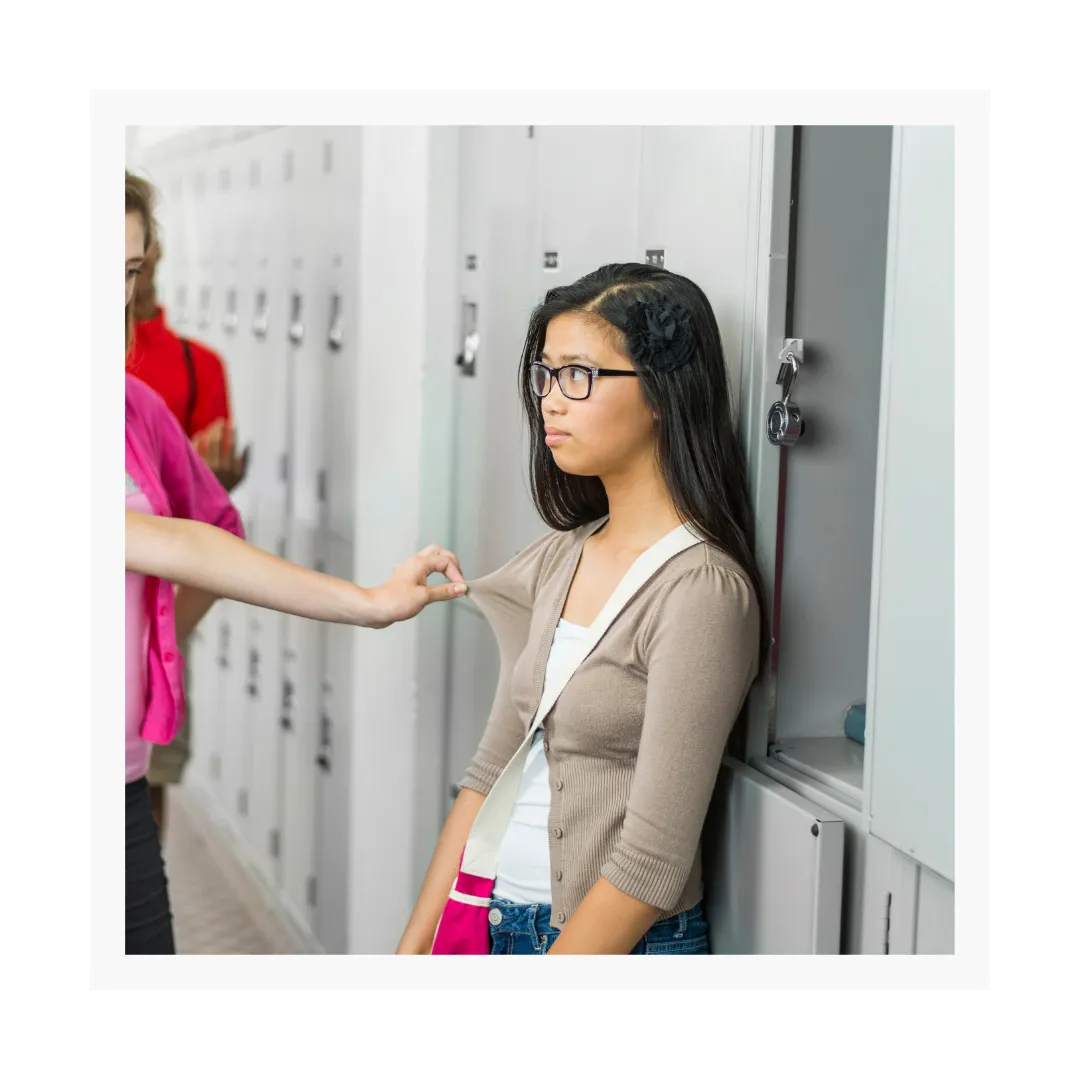
It’s not because they’re weak.
It’s because their nervous system has learned:
Belonging—even if it hurts—feels safer than being alone.
And when you’re ready to go deeper…
This is exactly why I created:
🛡 Fight Back Against Toxic Friends & Bullies
– the complete confidence and strategy plan for your child to walk away from manipulative friendships without guilt, fear, or confusion.
🧭 The Bullying Support Toolkit for Parents
– the advocacy plan for school meetings, emails, and documentation that gets schools to
act, not ignore.
Because bullying isn’t always loud.
Sometimes it hides behind laughter, friendship, and silence.
And your child deserves more than survival.
They deserve to feel safe, seen, and strong.
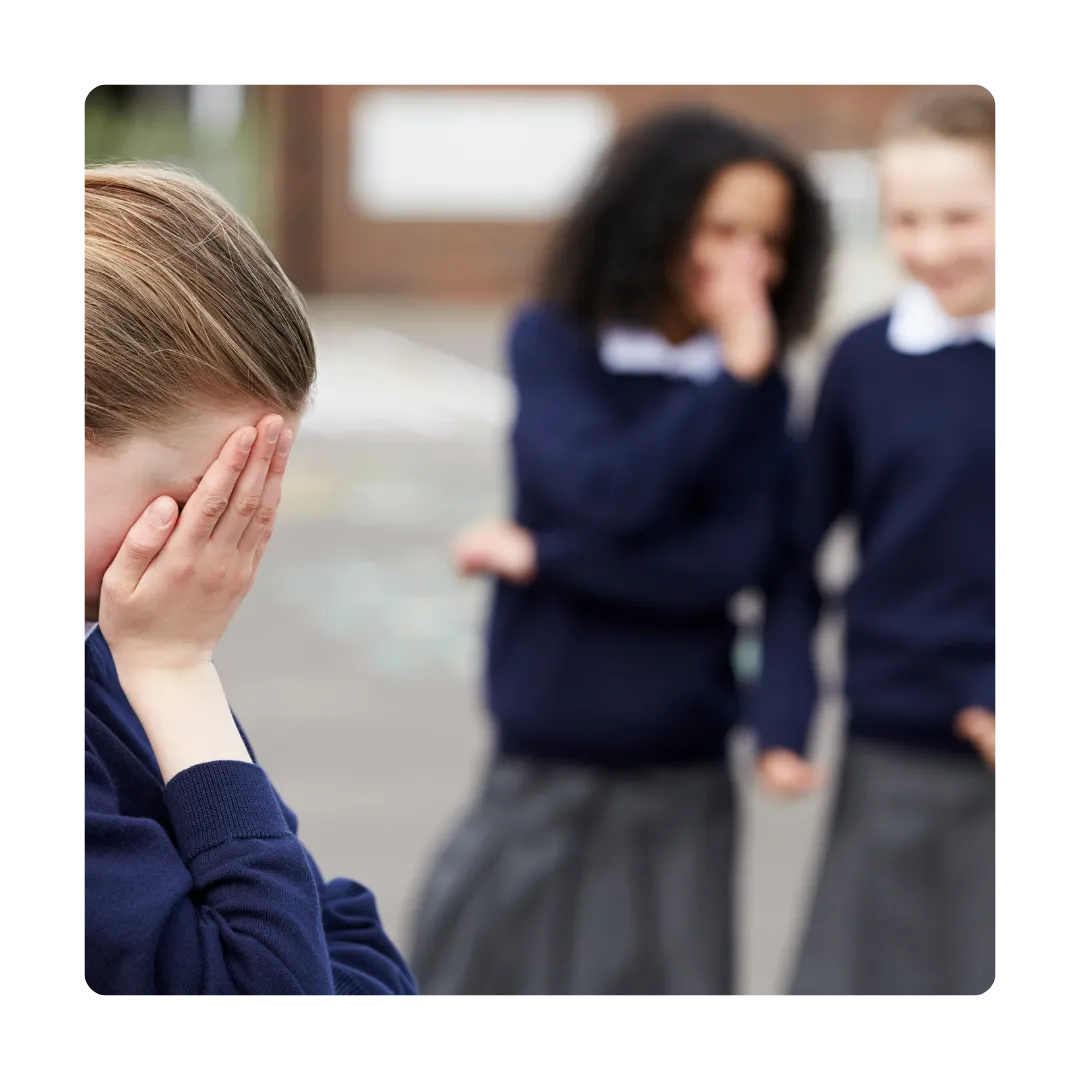
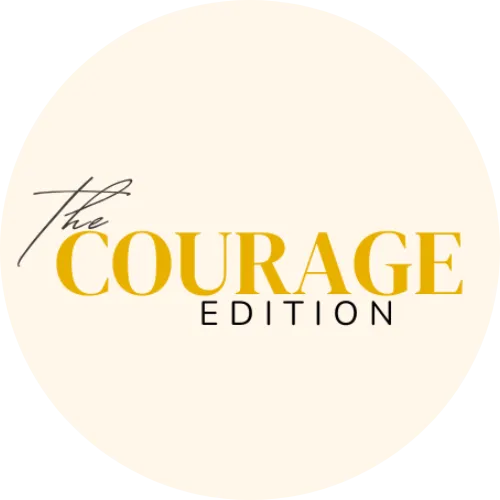
©The Courage Edition. All Rights Reserved.




